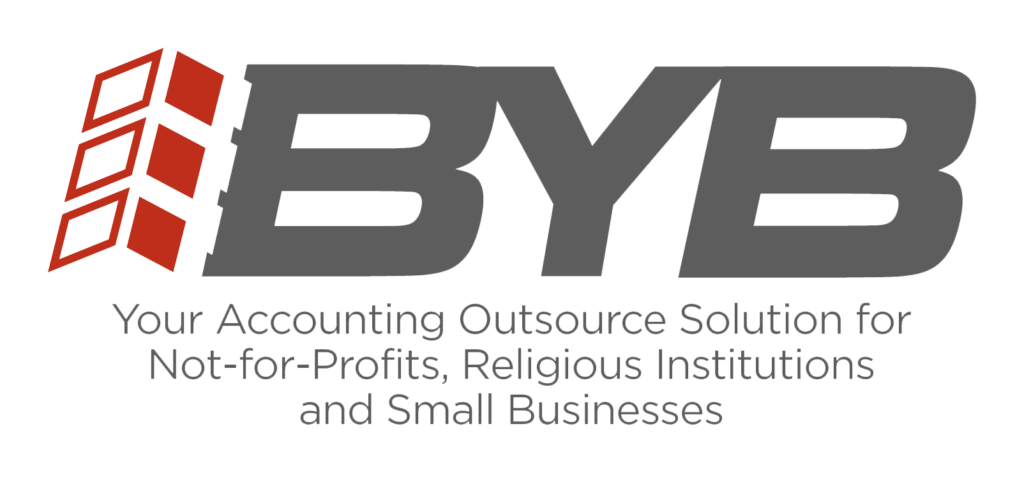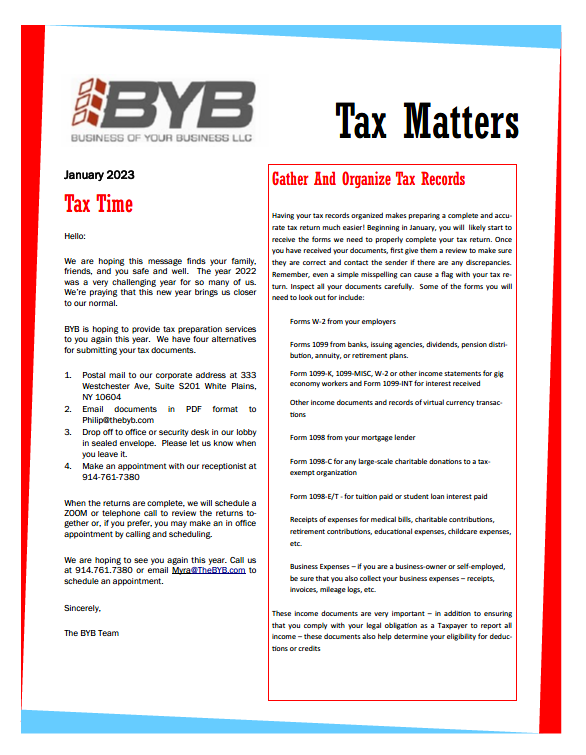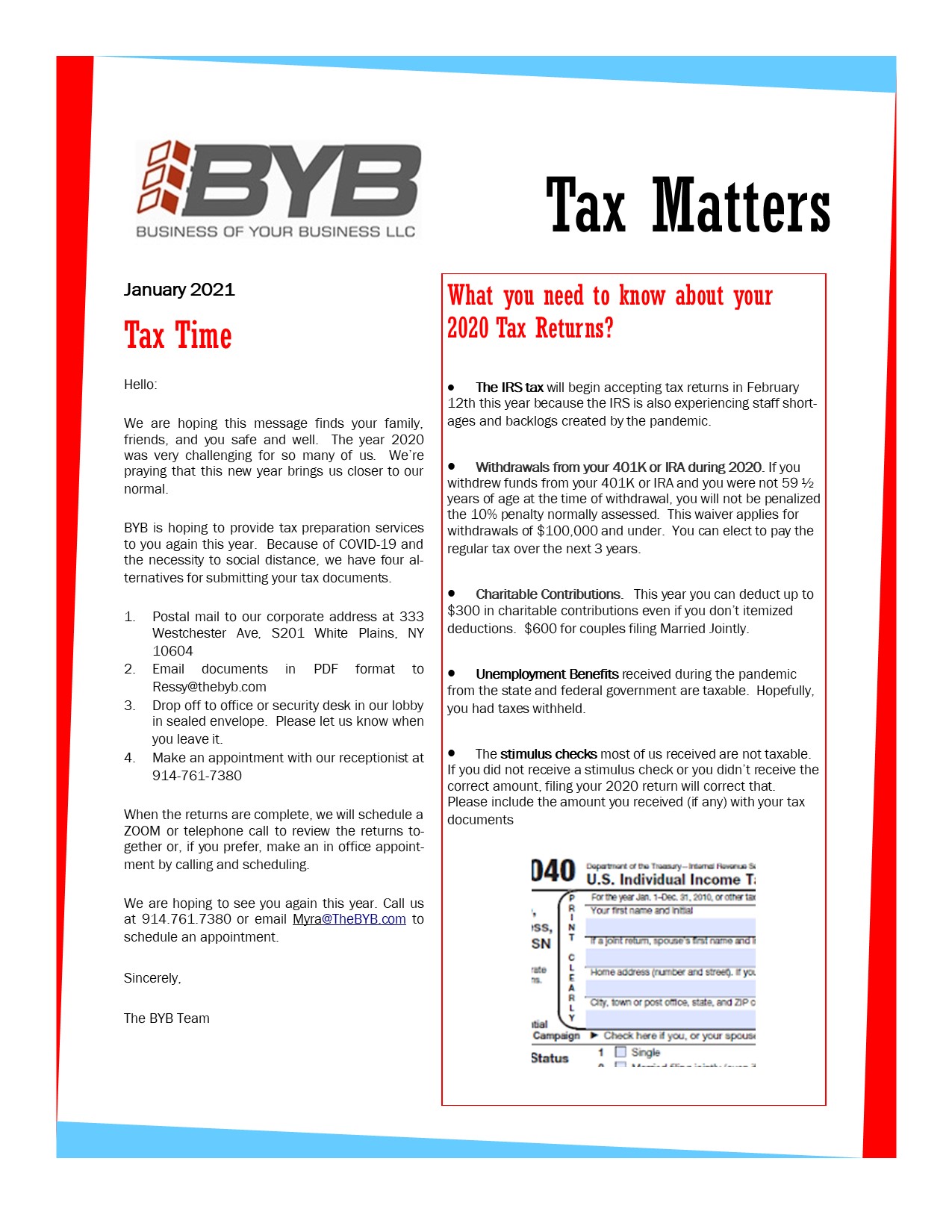 The IRS has announced the contribution limit for employees who participate in a 401K, 403B and most 457 plans has increased to $23,000 for the tax year 2024 (up from $22,500 for 2023).
The IRS has announced the contribution limit for employees who participate in a 401K, 403B and most 457 plans has increased to $23,000 for the tax year 2024 (up from $22,500 for 2023).
The catch-up contribution limit for employees aged 50 and over who participate in these plans will remain at $7,500 for 2024.






